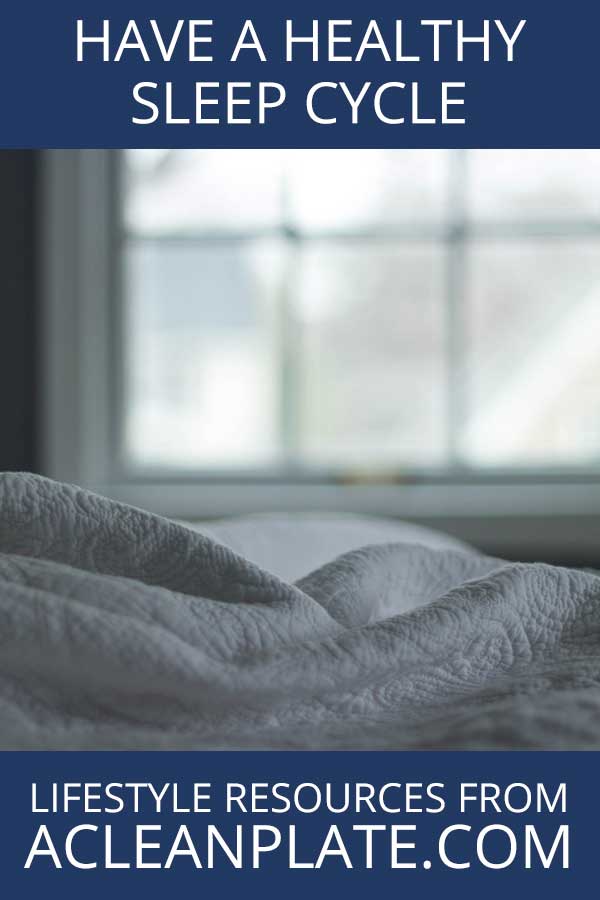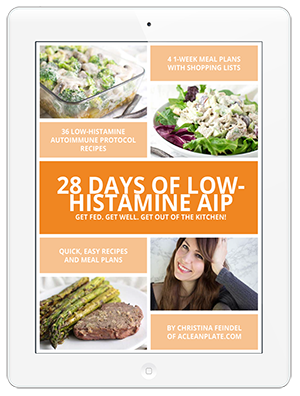Cultivating a Healthy Sleep Cycle

Difficulty sleeping is so common we all tend to think of it as a normal part of life. No matter how poorly you sleep, you wake up, have some coffee, and get on with your day–because you have to. Eventually we pile up ways to cope and how bad we feel becomes normalized to the point we don’t even notice anymore. I’ve been an insomniac since I was 12 and by college I’d written it off as just something I’d always have to deal with. My first job out of college was a night shift and I thought I’d spend the rest of my career living like that. Of course, it wasn’t terribly conducive to a healthy relationship once I started sharing a small apartment with my day-shift-working husband. So how do you go about cultivating a healthy sleep cycle for yourself?
There are a lot of factors at play and it’s absolutely something you should discuss with your doctor if there is a more serious disorder at work, like sleep apnea. But there are also a few simple things you can do around the house and with your lifestyle that could make all the difference!
Cultivate a Healthy Sleep Cycle
1. Keep your room dark.
Our bodies are wired to start winding down once the sun goes down and the world gets dark, but ever since the lightbulb was invented, we’ve been pushing ourselves past those limits and now have things like overnight shifts and daylight-spectrum lights that confuse our body as to what time of day it is. Around the house, try to avoid exposure to any bright or blue-spectrum lights, even from computer and mobile screens. (Most devices have a “night light” feature to give the screen an orange tint instead, and many apps have a “dark mode” that reverses white and black so the screen will be less bright.) You can also wear amber-tinted glasses or use orange-spectrum lightbulbs in the rooms you spend the most time in after dark. In the bedroom, cover any LED lights with tape or at least turn them away from where you’ll be sleeping. If you have windows in your room and there are lights outside your window after dark, blackout curtains will turn your bedroom into a cozy little sleep cave.
2. Keep your room cool.
Have you ever noticed how hard it is to fall asleep when it’s hot and humid? You toss and turn, covered in a light sweat, sticking to your sheets ’cause you had to take off your pajamas. It’s miserable. Keeping your room comfortably cool at night, whether that means lowering the AC or turning on a ceiling fan, makes all the difference. Use breathable cotton pajamas and sheets. There’s nothing cozier than bundling up under the comforter! We probably didn’t need science to tell us all of that, but that people sleep better at cooler temperatures has been studied and proven, anyway.
3. Wake with the sun.
Okay, I know what you’re thinking… “But I have to be up way before the sun rises!” As we’ve discussed, going to bed when the sun goes down and waking up as it rises would be ideal for our biology. But thanks to modern technology, we can cheat the system a little bit. Just like you can simulate the light of the setting sun if you’re up after dark, you can also simulate the light of the rising sun in your room. Light alarm clocks are a more natural wake-up call than a shrieking buzzer, so they’re not going to startle you awake and get your cortisol pumping the second they go off. And once the sun is out, spend a few minutes soaking up some rays–before you walk into work, maybe–to let your body know “hey, it’s morning”.
4. Be most active early in the day.
Got exercise to do? A high-octane report to give or a stressful call to relatives? Episodes of Game of Thrones to catch up on? Anything that gets your blood pumping is going to ramp up your cortisol, which is best done early in the day when your body is naturally prepared to be active. Leaving those things until the evening when your body is trying to wind down for sleep is going to keep you up at night. Reserve the evening hours for relaxing activities like a family game night, gentle yoga, a warm bath, puzzles, painting–whatever you do that takes your mind off of things and leaves you feeling content.
Conclusion
After I made these changes, I couldn’t believe how much my sleep improved! Getting back onto a normal sleep cycle after my night-shift job has been the single most beneficial lifestyle change I’ve ever made. When I don’t sleep, I get depressed, crave sweets, have brain fog, arthritis flares, indigestion…. I didn’t realize how bad it was until it went away. Keeping all of this stuff in check is hard work and occasionally involves some compromises or situations you just can’t help. The idea is to do the best you can with what you’ve got and strive for some kind of consistency. Your body wants to be healthy and it wants to get a good night’s sleep. Sometimes it just needs us to give it the right tools to do so.
Looking for Low-Histamine Recipes?
 A low-histamine diet can be immensely helpful for MAST cell disorders or people with excess histamine production, but it’s an extremely tricky diet to manage. My e-book 28 Days of Low-Histamine AIP combines low-histamine foods with the anti-inflammatory autoimmune protocol diet in a 28-day meal plan designed to jump start and simplify your diet change. The meal plan includes 36 simple, satisfying low-histamine recipes including a variety of dishes like Chicken Schawarma, Cabbage Roll Stir-Fry, and Chimichurri Steaks. You’ll be amazed at all the flavors still available to you! The ebook is available as a digital download for $9.99.
A low-histamine diet can be immensely helpful for MAST cell disorders or people with excess histamine production, but it’s an extremely tricky diet to manage. My e-book 28 Days of Low-Histamine AIP combines low-histamine foods with the anti-inflammatory autoimmune protocol diet in a 28-day meal plan designed to jump start and simplify your diet change. The meal plan includes 36 simple, satisfying low-histamine recipes including a variety of dishes like Chicken Schawarma, Cabbage Roll Stir-Fry, and Chimichurri Steaks. You’ll be amazed at all the flavors still available to you! The ebook is available as a digital download for $9.99.
